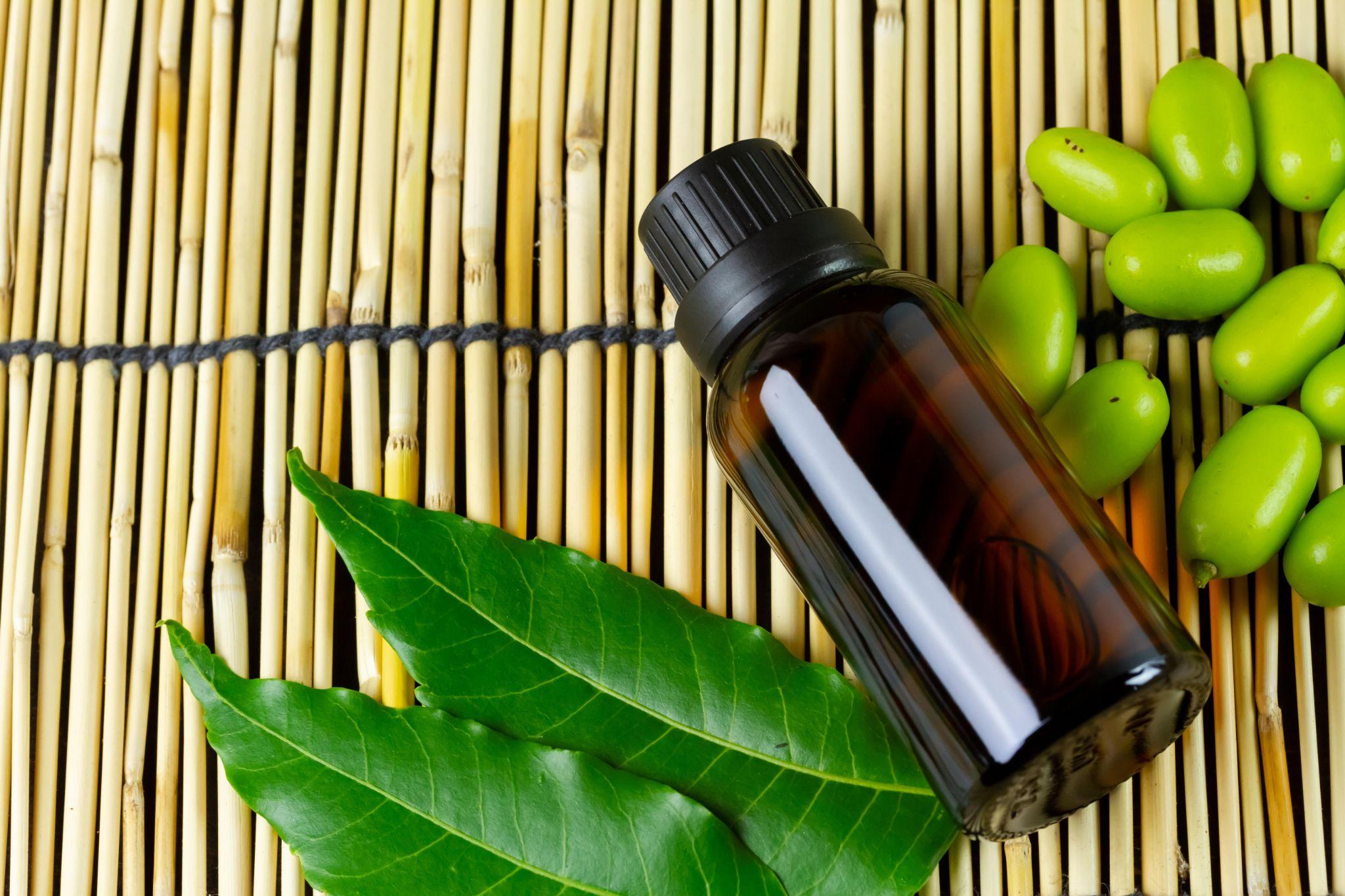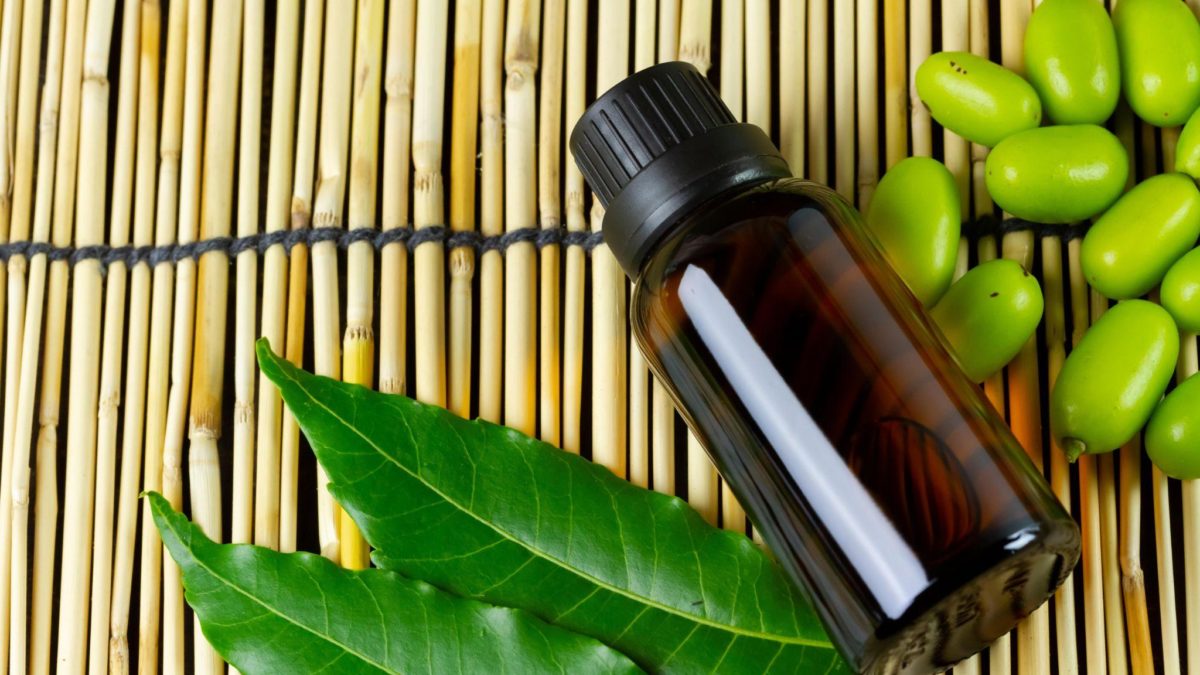If you’re looking for a natural way to keep your indoor plants healthy and free of pests, neem oil is a great option. In this blog post, we’ll share how to use neem oil on your plants and what some of the benefits are, including keeping pests away.
Neem oil is a natural way to protect plants from pests and disease. It is safe for humans and pets, and it is an effective way to control pests.
Neem Oil: What It Is And What It Does For Your Plants
Neem oil is a natural vegetable oil that is pressed from the fruits and seeds of the neem tree. Neem trees are native to the Indian subcontinent, where they have been used for centuries for their medicinal properties. It has many uses but is most commonly used as an insecticide and fungicide.
Neem oil is effective against a wide variety of pests, including aphids, whiteflies, spider mites, and scale insects. It works by disrupting the life cycle of the insect, preventing them from feeding or reproducing. Neem oil is also effective against fungal diseases such as powdery mildew and black spot.
Choosing The Right Neem Oil For Your Plants
There are a few things to consider when choosing the best neem oil for your needs.
The first thing to consider is the concentration of neem oil. Neem oil is available in different concentrations, and you will need to choose the one that is right for your needs. If you are using it for pest control, a higher concentration will be more effective. If you are using it to treat a plant that has already been infested, a lower concentration will be sufficient.
The second thing to consider is the type of neem oil. There are two main types of neem oil, cold-pressed and refined. Cold-pressed neem oil is more expensive but it is also more effective. Refined neem oil is less expensive but it is not as effective.
The third thing to consider is the brand of neem oil. There are many different brands of neem oil on the market, and they all have different ingredients. Make sure to read the ingredients label to make sure that the neem oil you are choosing is right for your needs.
How To Use Neem Oil On Your Indoor Plants
To use neem oil on your indoor plants, mix it with water at a ratio of 1 tablespoon of neem oil per 1 quart of water. Add a few drops of dish soap to help the mixture spread and stick to the leaves. Apply the mixture to the leaves, covering the top and bottom surfaces. Reapply every 7-10 days as needed.

You can also add the insecticide to your plants’ soil to help prevent pests from getting to them in the first place. Remember, neem oil is safe for humans and animals, so you don’t have to worry about it harming your plants or your family!
How To Store Neem Oil In Between Uses
If you are not using neem oil right away, it is best to store it in a cool, dark place. Neem oil can last for up to two years when stored this way.
To extend the shelf life of neem oil, you can store it in the refrigerator. Neem oil can last for up to five years when stored in an airtight container in the freezer.
When storing neem oil, make sure to keep it away from light and heat, typically in an environment below 86 degrees Fahrenheit.
Precautions to Take When Using Neem Oil
Neem oil is considered to be safe when used as directed. However, it is always important to read the label carefully and follow the directions to avoid any potential risks.
When using neem oil you should always take precautions to avoid contact with the skin and eyes. It is also important to keep the oil away from children and pets.
If you do come into contact with neem oil, it is important to wash the area with soap and water immediately. If the oil gets into your eyes, flush them with water for 15 minutes and seek medical attention if necessary.
Some people may experience skin irritation or allergic reactions when using neem oil. If you experience any of these symptoms, stop using the oil and wash the area with soap and
If you are pregnant or breastfeeding, it is always best to consult with a healthcare professional before using any essential oils, including neem oil.
Neem oil can be toxic to animals if ingested, so it is important to keep it out of reach of pets. If you think your pet has ingested neem oil, contact your veterinarian immediately.
How Often Should You Use Neem Oil On Your Plants?
While neem oil is one of the most natural and effective methods of preventing plant pests, you can still overuse the chemical.
For proper use, neem oil should be applied every 2-3 weeks, or as needed. If you see pests on your plants, you can increase the frequency to once a week. Be sure to follow the instructions on the neem oil product you are using.
Overusing neem oil can be harmful to your plants. If you see signs of damage, such as leaves turning yellow or brown, stop using neem oil and try another method.

Common Pests Neem Oil Can Repel
There are a number of common pests that neem oil can help control. These include:
Aphids: Aphids are small, soft-bodied insects that can be found in a variety of colors, depending on the species. They are often found in large groups on the undersides of leaves and can cause damage by sucking the sap from plants.
Spider mites: Spider mites are small, spider-like creatures that are usually red or brown in color. They can be found on the undersides of leaves, and can cause damage by sucking the sap from plants.
Whiteflies: Whiteflies are small, winged insects that are typically white in color. They can be found on the undersides of leaves and can cause damage by sucking the sap from plants.
Neem oil can be effective in controlling these pests by disrupting their life cycles and preventing them from reproducing.
Other common pests that neem oil can help control include:
- Beetles
- Caterpillars
- Leafhoppers
- Mealybugs
- Nematodes
Some less common pests that neem oil can help control include:
- Cutworms
- Earwigs
- Fire ants
- Fleas
- Flies
What To Do If Pests Remains After Treatment
If you see pests on your indoor plants after using neem oil, there are a few things you can do.
First, try to identify the pest. This will help you determine the best course of action. If the pest is a caterpillar, for example, you can remove it by hand. If the pest is an aphid, you can try using a cotton swab dipped in neem oil to kill it.
You can also try using a neem oil spray. If the pest is a mite, you can try using a neem oil soap. If the pest is whitefly, you can try using a neem oil trap. If you are unsure of the identity of the pest, you can contact your local nursery for assistance.
Tips For Using Neem Oil On Your Plants
1. Neem oil is a natural and effective way to keep your plants healthy and free from pests.
2. To use neem oil on your plants, mix a small amount of oil with water in a spray bottle and apply it to the leaves of your plants.
3. Be sure to apply the neem oil solution to the underside of the leaves, as this is where most pests reside.
4. Apply the neem oil solution every few days or as needed-be sure to follow the directions on the neem oil bottle, and don’t overdo it. A little goes a long way!
5. You can also use neem oil to prevent pests from infesting your plants in the first place. Simply mix a solution of neem oil and water and spray it around the perimeter of your plants.
6. Neem oil is safe for humans and animals, so there is no need to worry about it harming you or your loved ones.
7. Always store neem oil in a cool, dark place to keep it from going bad.
Conclusion
Neem oil proposes one of the best healthy and safe deterrents for pests on your plants. It’s safe for both humans and pets, and it’s easy to use. Just add a few drops to your plant’s leaves and stems, and you’ll see noticeable differences in the health of your plants.
Do you have any tips to share about using neem oil with your indoor plants? Do share in the comments below.
Michelle Wilde
Related posts
11 Comments
Leave a Reply Cancel reply
![]()
About Michelle Wilde
Michelle Wilde is a stay-at-home mom and avid plant lover. Armed with a post-graduate degree in Computer Science (no kidding!), she loves researching plants and landscapes. When she is not caring for her 4 kids, she spends time on her passion for plants. She blogs at www.indoorplantschannel.com, the trusted source for indoor plants.
Learn more
Subscribe
* You will receive the latest posts and updates about indoor plants!
Search
Recent Posts
Categories
- Beginner Guides (10)
- FAQ (206)
- General (2)
- How-To Guides (212)
- Indoor Plants (214)
- Pest Management (2)
- Plant Problem Solutions (4)
- Seasonal Growing (2)
- Specialized Environments (2)
- Specific Plant Care (3)
- Technical Growing (2)

Financial robot is the best companion of rich people. https://Calt.dkworld.de/gotodate/go
I’ve actually never used neem oil on my indoor plants, but I’ve heard it’s a really effective way to keep them healthy and pest-free. I’m definitely going to try it!
I’ve never been a fan of using neem oil on my indoor plants. I’ve always found that it makes the leaves look a bit greasy and I don’t like the smell.
[…] of these methods include using a soap and water mixture to kill the spider mites, using neem oil, or using horticultural oil. You can also try using a vinegar and water mixture, or using […]
[…] soap or neem oil are both effective against spider […]
[…] can quickly take over, making your plants look sick and stunted. But there is a simple solution – neem oil! Neem oil is a natural insecticide that is safe for both humans and pets. Just add a few drops to a spray […]
[…] Neem oil is a natural insecticide that is safe for use around humans and pets. Just mix a few drops of neem oil with water and spray it on your plants. […]
[…] You can use a chemical insecticide that is specifically designed to kill thrips. Follow the directions carefully. You can also try using a natural remedy, such as neem oil. […]
[…] you think your plant has mealybugs, you can try to control them with insecticidal soap or neem oil. You can also remove them by hand using a cotton swab dipped in rubbing […]
[…] you can use to get rid of these bugs. Some of the most popular products include insecticidal soaps, neem oil, and horticultural oils. Each of these products can help to get rid of the bugs without harming […]
[…] onto the affected plants. Make sure to follow the instructions on the label, as using too much neem oil can harm your […]